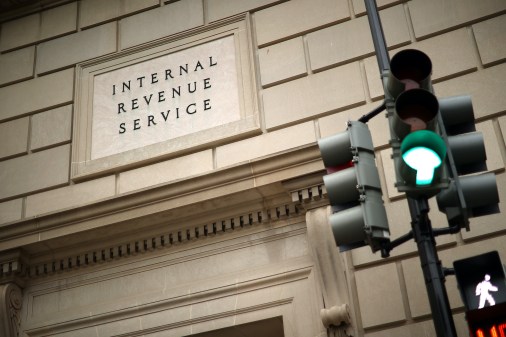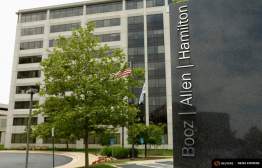CSGov + SRA = Federal IT’s newest contracting giant
There’s a new federal IT contracting behemoth on the the block.
Computer Sciences Government Services and SRA International merged earlier this month, forming the largest federal prime IT contractor by revenue, a position Booz Allen Hamilton has held in past years.
While the revenue numbers alone make CSGov and SRA team a dominant entity, Eric Gillespie, CEO of business intelligence platform Govini, said there’s more than money driving this deal that makes it a “really smart move.”
“There are non-obvious synergies that go well beyond just the financial dynamic of the combination of the two entities,” said Gillespie, whose company plays an independent and “agnostic” role in analyzing the hyper-competitive federal IT market. The resulting company “is a very formidable competitor in the market,” he said. “As you look under the hood, it’s not just simply a financial transaction.”
Rather, by combining forces, CSGov and SRA are optimized to continue gaining market share in key areas like telecommunications. But Gillespie said it’s in smaller but evolving markets like health IT that the merger could show its biggest returns.
“They’re extremely well positioned in the marketplace in a few key areas, especially in health IT,” he told FedScoop, adding that federal agencies should reap the benefits. “In a contracting marketplace where budgets are being scrutinized and getting smaller all the time, the competitive landscape is looking for the primary growth areas. They’re figuring out where to allocate capital…areas that have the potential to grow instead of shrink while trying to maintain the market share that they’ve got.”
Gillespie points out that whereas CSGov revenues from Defense Department contracts has been declining in recent years, the departments of Health and Human Services and Veterans Affairs have increased their combined health IT spending from $8 billion to $10 billion, making that sector an attractive target for the new company to replace its falling defense revenues. It’s also worth noting that SRA’s revenues in health IT have exceeded CSGov’s in recent years.
“Health IT happens to be one of the areas that’s growing at a pace that’s as fast or faster than any other area,” Gillespie said. “It’s one of the few areas where the pie is getting bigger. On top of that, they’ll be positioned to take share from their competitors in some of the flat or shrinking markets. And that’s pretty powerful.”

(Govini)
According to Govini data, the new duo, which will be given a permanent name at a later date, should lead the pack in total federal IT and professional services revenue, now trailed by the aforementioned Booz Allen Hamilton, Leidos and Hewlett-Packard Co. Before the merger, CSGov ranked fourth and SRA eighth in federal IT revenue. Together, the two companies brought in about $5.5 billion in total IT revenue in fiscal 2015, and combined they will staff of about 19,000 employees, according to release on the merger. Govini puts the companies’ combined revenue closer to $3.5 billion for public sector contracts only.
In terms of IT service offerings, Gillespie said agencies will score big with the conjoined contractors’ “more robust set of products and services that can be offered competitively in an environment of [lowest price technically acceptable].”
“This positions them to have a portfolio of offerings that is unmatched,” he said.
The deal — CSGov paid $390 million for SRA and and will take on $1 billion of its prior debt — is set to close in November.





